by Colin Harper | Jul 1, 2025 | Featured, News
FOR IMMEDIATE RELEASE
Joint success story continues to shape the European device‑programming landscape
BPM Microsystems, Inc., the global leader in automated and manual device‑programming solutions, and Adaptsys Group, the European based sales and service specialist for electronics‑manufacturing solutions, mark 22 years of uninterrupted collaboration.
Since first joining forces in 2003, Adaptsys has become BPM Microsystems’ most consistent and successful distribution partner—supplying and supporting hundreds of automated and manual programmers for customers across the UK, France, Germany, Hungary, Tunisia, and broader Eastern Europe.
“More than a partnership, it’s a synergy,” said Adaptsys’ Technical Director, James Cawkell. “We’ve brought our market knowledge and a strong sales‑and‑support infrastructure to the table, while BPM continues to set the pace with cutting‑edge programming technology. Together we’ve forged a powerful presence in Europe, delivering reliable value, driving innovation, and always putting our customers first.”
Penny Santhanam, Senior Director of Customer Success at BPM Microsystems, added: “For over two decades now, the Adaptsys team has embodied the three qualities our customers prize most—trust, technical depth, and genuine collaboration. Whether it’s tackling a complex automotive MCU or rolling out a new high‑volume production solution, we know Adaptsys will advocate for best‑in‑class outcomes every time. Their commitment to continuous training and on‑site service has been instrumental in our shared success.”
Partnership Highlights
- 2003 – 2025: Hundreds of BPM programming systems delivered through Adaptsys channels.
- Technical Centers in the UK, France, Germany, and Hungary provide same‑day remote support and can rapidly respond on‑site when needed.
- Multi‑language service (English, French, German, Hungarian) covers major European manufacturing hubs.
- Joint trade‑show presence at Productronica, Electronica, Semicon, and other regional & International events—year after year.
- Forward focus: Leveraging deep application‑engineering expertise, Adaptsys’ service team functions as a seamless extension of BPM’s own technical organization, delivering expert, factory‑floor support to customers across Europe.
Adaptsys Team Statement: “A sincere thank you to the engineers and colleagues at BPM Microsystems. It’s been a fantastic journey so far, and we look forward to many more years of shared success.”
About Adaptsys Group.
Founded in 2003, Adaptsys Group provides sales, technical support, and value‑added services for leading electronics‑manufacturing technologies. From device programming to packaging and carrier‑tape systems, Adaptsys pairs best‑in‑class products with deep applications expertise. Learn more at www.adaptsys.com.
About BPM Microsystems, Inc.
Headquartered in Houston, Texas, BPM Microsystems designs, manufactures and supports automated, semi‑automatic, and manual device‑programming systems that deliver maximum throughput and quality for semiconductor and electronics manufacturers worldwide. Discover more at www.bpmmicro.com.
Media Contacts
| BPM Microsystems |
Adaptsys Group |
Colin Harper
Director of Product Management & Marketing
+1 713 688‑4600
marketing@bpmmicro.com |
Mathew Staunton
Marketing Manager
+44 (0) 1730 262 444
Mathew.Staunton@adaptsys.com |
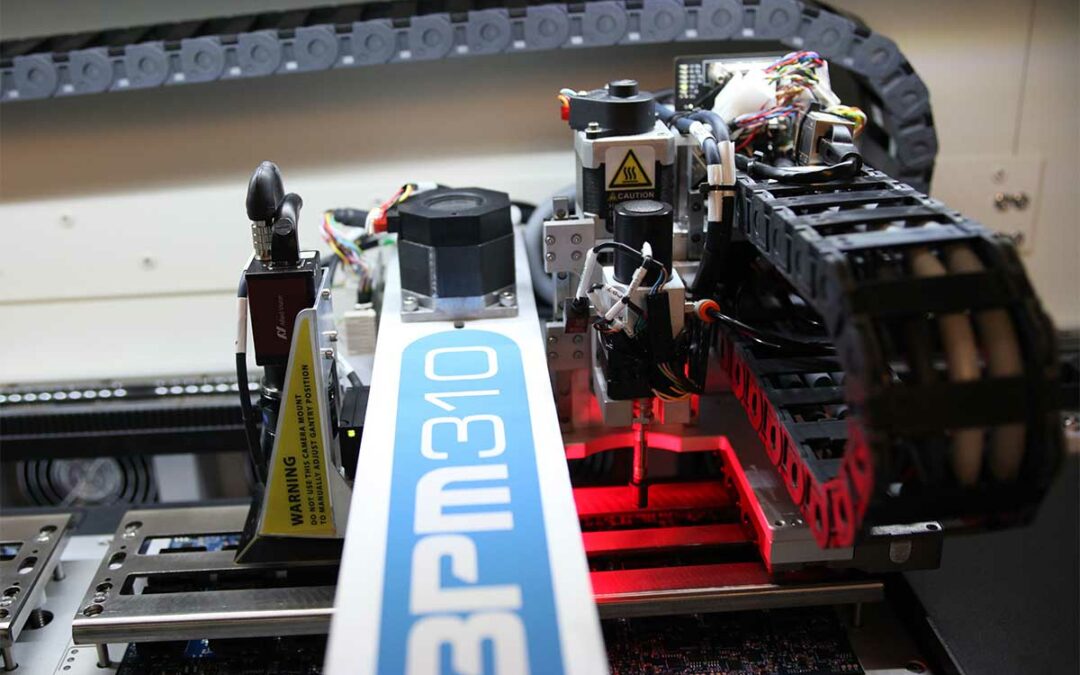
by Scott Bronstad | Aug 2, 2022 | Featured, News
A Brief History
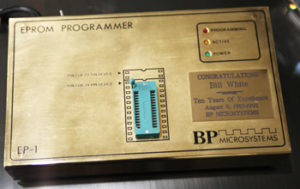 BPM provides device programmers and accessories to upload custom programming to semiconductor devices. Founded in 1985, BPM Microsystems serves more than 2,000 companies in over 49 countries, including programming centers, original equipment manufacturers (OEM), contract and semiconductor manufacturers. BPM device programmers offer high-performance device handling, advanced serialization, and quality control, meeting the highest programming and cybersecurity standards for automotive, aerospace, medical, industrial, and mobile device applications. BPM’s intelligently designed systems deliver the lowest programming cost per device.
BPM provides device programmers and accessories to upload custom programming to semiconductor devices. Founded in 1985, BPM Microsystems serves more than 2,000 companies in over 49 countries, including programming centers, original equipment manufacturers (OEM), contract and semiconductor manufacturers. BPM device programmers offer high-performance device handling, advanced serialization, and quality control, meeting the highest programming and cybersecurity standards for automotive, aerospace, medical, industrial, and mobile device applications. BPM’s intelligently designed systems deliver the lowest programming cost per device.
Back in 1985 in a dorm room at Rice University, Bill White founded BP Microsystems (later BPM Microsystems). He couldn’t find a decent chip programmer for a class project he was working on, so he made his own. He started to sell the EP-1, an E/EPROM programmer, locally and then by mail order; the rest is history. BPM still builds all of its systems in its ISO:9001 plant in Houston, Texas.
BPM device programmers serve the world with billions and billions of accurately programmed devices in thousands of products (everything from thermometers to infotainment systems) by bringing compelling programming systems to market.
Learn More About What We Do
BPM designs and manufactures universal programming systems and supports them with algorithms and socket adapters (software and hardware) to program specific devices. BPM’s catalog of supported devices is in excess of 70,000, including both legacy and cutting-edge technologies. Newer and faster versions are continually added on an almost daily basis. BPM serves electronics manufacturers around the world including OEM, ODM, EMS, and programming centers. Industries that utilize BPM programming solutions include Automotive, Healthcare, Aerospace/Defense, Industrial, IoT/Industry 4.0, and Cybersecurity.
What’s New
BPM has “generations” of products with specific site technology. The “site” is the magic of BPM programmers, and sockets/algos make them the most “universal” of device programmers. Universal, as opposed to single-use, allows the systems to be configured to support thousands of devices on hundreds of different socket adapters. BPM pioneered socket adapter technology with active circuitry that delivers clean signal integrity and high yield.
The latest generation of BPM sites is 10th Gen. 10th Generation site technology offers the broadest support in the industry at unsurpassed programming speeds.
The newest Automated Programmer, the BPM310, comes with up to six 10th Gen sites providing full universal support for UFS, eMMC HS400, MCU, NAND, and Serial Flash, at incredible speeds with up to 48 devices programmed concurrently. It is the most capable programmer in a small footprint. For UFS 2.1, each site can program eight devices at a time, at up to 440 MB/second read and 201 MB/second write (industry best).
Ranges of Device Programmers
Programmable devices are becoming more ubiquitous. More products than ever before require some kind of customization to add functionality. BPM makes device programmers that focus on quality and reliability. Some products, such as satellites, require just a handful of each device programmed per month (or year); the cost for just one of those chips (such as an anti-fuse FPGA) can cost upwards of $100,000! When the cost of failure is that high, aerospace companies turn to BPM. Other companies need millions of programmed devices. BPM makes Automated systems that are fast, easy to set up/change over, and reliable, with available automotive-level support verification (such as coplanarity test to confirm pin and ball grid array integrity).
BPM continues to support many of its legacy programmers (some for more than 20 years) and adds additional supported devices on a weekly basis. When new devices are needed, BPM quotes hardware and software support. Customers with current Hardware Support contracts can make complementary 24/7 service calls (free for one year with a new purchase). If machines experience issues, field service technicians with decades of experience and/or factory-trained service technicians are available for local support worldwide, usually within 48 hours.
What’s the Market
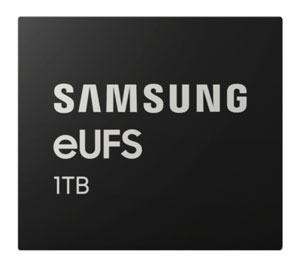 BPM serves both legacy and emerging markets. For instance, UFS and eMMC devices with massive memories (measured in Gigabytes) are becoming more common in infotainment, navigation, autonomous vehicles, military applications, etc. The universal nature of BPM programmers means one system can program multiple different devices (although not simultaneously). Some competitive systems require two different site technologies in order to cover their full device list.
BPM serves both legacy and emerging markets. For instance, UFS and eMMC devices with massive memories (measured in Gigabytes) are becoming more common in infotainment, navigation, autonomous vehicles, military applications, etc. The universal nature of BPM programmers means one system can program multiple different devices (although not simultaneously). Some competitive systems require two different site technologies in order to cover their full device list.
The legacy market is alive and well, especially in aerospace/defense. Many contractors and military branches, such as the US Navy, rely on BPM legacy (7th Generation) programmers. They’ve spent millions on qualifying solutions, and continue to purchase this proven 17-year-old technology from BPM.
Market trends
Devices are trending to smaller, denser (more data) packages. This makes off-line programming (as opposed to in-circuit or at-test programming) the scalable choice. To program more chips, you add site and socket capacity, additional shifts, or additional systems (or a combination). Smaller packages (less than 3mm x 3mm) are particularly challenging. BPM systems have capabilities that are only available on larger competitive systems. All BPM automated programming systems come with WhisperTeach™ Auto-Z Teach (for fast, easy set-ups/changeovers) and CyberOptic cameras for component auto measure (fast set-ups) and on-the-fly alignment for maximum first pass yield and throughput.
Supply chain shortages, which first started in mid-2020 as a consequence of the COVID-19 pandemic, continue to plague consumer, automotive, and electronics manufacturers. Semi-houses are building new factories and expanding existing facilities to meet demand but will take years before they can catch up. Programmable devices require value-added programming to make them fully functional; it’s not just a matter of receiving an order of chips– those devices need programming and installation on circuit boards. Delays in even one area can ripple through, causing additional delays downstream.
Many companies are looking at in-house device programming as a means of gaining more control over their supply chain. For companies that have added programming in-house, they are also finding greater control of their intellectual property. Small changes in firmware versioning are now possible for rapid prototyping and implementation. Above all, device programming that was previously a cost center quickly becomes a profit center, as a return on initial investment can be realized in a few months, not years.
Innovative Products
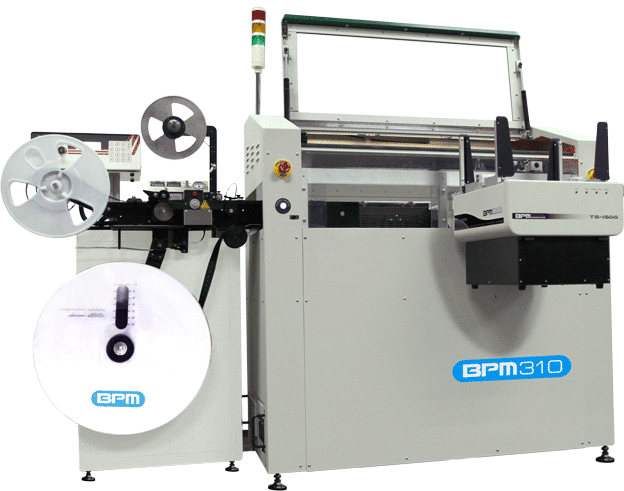 In late 2021, BPM announced the release of its 10th Generation programming technology platform and the BPM310 Automated Programming System. The 10th Generation offers the industry’s fastest programming times for UFS, eMMC, Flash, and MCUs with twice as many sockets per site as its predecessor. The BPM310 offers a capacity of up to 48 sockets, automotive-level quality, and reliability in a small footprint. 10th Gen delivers the fastest UFS programming performance in the industry achieving up to 440MB/second Read and 201MB/second Write. First-part time is accelerated because UFS programming can commence without pausing for data to download.
In late 2021, BPM announced the release of its 10th Generation programming technology platform and the BPM310 Automated Programming System. The 10th Generation offers the industry’s fastest programming times for UFS, eMMC, Flash, and MCUs with twice as many sockets per site as its predecessor. The BPM310 offers a capacity of up to 48 sockets, automotive-level quality, and reliability in a small footprint. 10th Gen delivers the fastest UFS programming performance in the industry achieving up to 440MB/second Read and 201MB/second Write. First-part time is accelerated because UFS programming can commence without pausing for data to download.
“Our engineering team has done an amazing job creating the most powerful universal programmer in the industry. Unlike competitive products, our system offers true universal support including CSP, Flash, MCUs, eMMC, and UFS with up to 8 sockets per site to deliver unbeatable system value,” says William White, founder, and CEO of BPM Microsystems. “The BPM310 is now our flagship product with the greatest capacity, flexibility, features, reliability, and smallest footprint in our product line.”
The BPM310 leverages much of the socket adapter and algorithm development currently available on its 9th Generation systems. And like all 9th Gen automated device programmers, the BPM310 continues to offer ease of operation and fast setup with award-winning BPWin process control software and patented WhisperTeach™. WhisperTeach™ automatically teaches the critical Z-height of each pick/place location with 15-micron accuracy. Accurate automated teaching is vital for small packages due to fundamental human limitations. Plus WhisperTeach™ saves an average of 83% of the time required for the job setup compared to traditional methods while increasing quality and yield.
The Near Future
Supply chain issues, especially for programmable devices, will continue to plague manufacturers for perhaps the next two years. In an effort to reduce costs and shorten lead times, BPM sees continued growth in offline programming. Security and IP protection will continue to drive companies to take more control of their most valuable assets: their intellectual property. By physically securing IP, competitors are less likely to reverse engineer (or flat-out steal) their designs. Other advantages of programming in-house are improved quality, reliability, and more flexibility by keeping programmed devices to just-in-time inventory levels (not possible with outsourcing).
Device Search | Bring Programming In-House | How to Program In-House

by Scott Bronstad | Sep 9, 2019 | Announcements, Featured, News
 Many of you have asked for Windows 10 support for BPWin– We’re pleased to announce that BPWin Windows 10 Compatible version went live Sept. 9, 2019, with the launch of version 7.0.0. BPWin is currently compatible with Windows XP, Windows 7 and Windows 10, 64-Bit operating system; users can now take advantage of the newest Windows operating system with greater speed, security, and access to the latest OS updates (Microsoft announced it will cease support for legacy OS– see full info from Microsoft here). Important: you’ll need a current Software Support Contract for all APS and 2XXX Manual Programmers. Contact Inside Sales for contract support.
Many of you have asked for Windows 10 support for BPWin– We’re pleased to announce that BPWin Windows 10 Compatible version went live Sept. 9, 2019, with the launch of version 7.0.0. BPWin is currently compatible with Windows XP, Windows 7 and Windows 10, 64-Bit operating system; users can now take advantage of the newest Windows operating system with greater speed, security, and access to the latest OS updates (Microsoft announced it will cease support for legacy OS– see full info from Microsoft here). Important: you’ll need a current Software Support Contract for all APS and 2XXX Manual Programmers. Contact Inside Sales for contract support.
Download Latest Software | Latest Release Notes
Please contact Inside Sales to determine if you need additional hardware for your Automated Programming System, including:
- FPCAUTO06 host computer
- Galil 4040 Motion Controller
- CO2 Laser – Prolase 10 Dongle
- Valid Software Support Contract
- ScannerTech 3D Inspection – updated Host Controller Card
For Manual programmers we recommend the following minimum Host Computer specification:
- Intel® Core™2 Duo processor, 2.0GHz and faster
- USB 2.0 port
- System RAM that is at least 2GB of available memory
- 500 MB of available hard-disk space (SSD recommended)
- 1366 × 768 or higher resolution monitor
- Microsoft Mouse or compatible pointing device
You’ll also need a valid Software Support Contract to run version 7.0.0 (unless you have a legacy programmer with lifetime software).

 BPM provides device programmers and accessories to upload custom programming to semiconductor devices. Founded in 1985, BPM Microsystems serves more than 2,000 companies in over 49 countries, including
BPM provides device programmers and accessories to upload custom programming to semiconductor devices. Founded in 1985, BPM Microsystems serves more than 2,000 companies in over 49 countries, including  BPM serves both legacy and emerging markets. For instance, UFS and eMMC devices with massive memories (measured in Gigabytes) are becoming more common in infotainment, navigation, autonomous vehicles, military applications, etc. The universal nature of BPM programmers means one system can program multiple different devices (although not simultaneously). Some competitive systems require two different site technologies in order to cover their full device list.
BPM serves both legacy and emerging markets. For instance, UFS and eMMC devices with massive memories (measured in Gigabytes) are becoming more common in infotainment, navigation, autonomous vehicles, military applications, etc. The universal nature of BPM programmers means one system can program multiple different devices (although not simultaneously). Some competitive systems require two different site technologies in order to cover their full device list. In late 2021, BPM announced the release of its
In late 2021, BPM announced the release of its 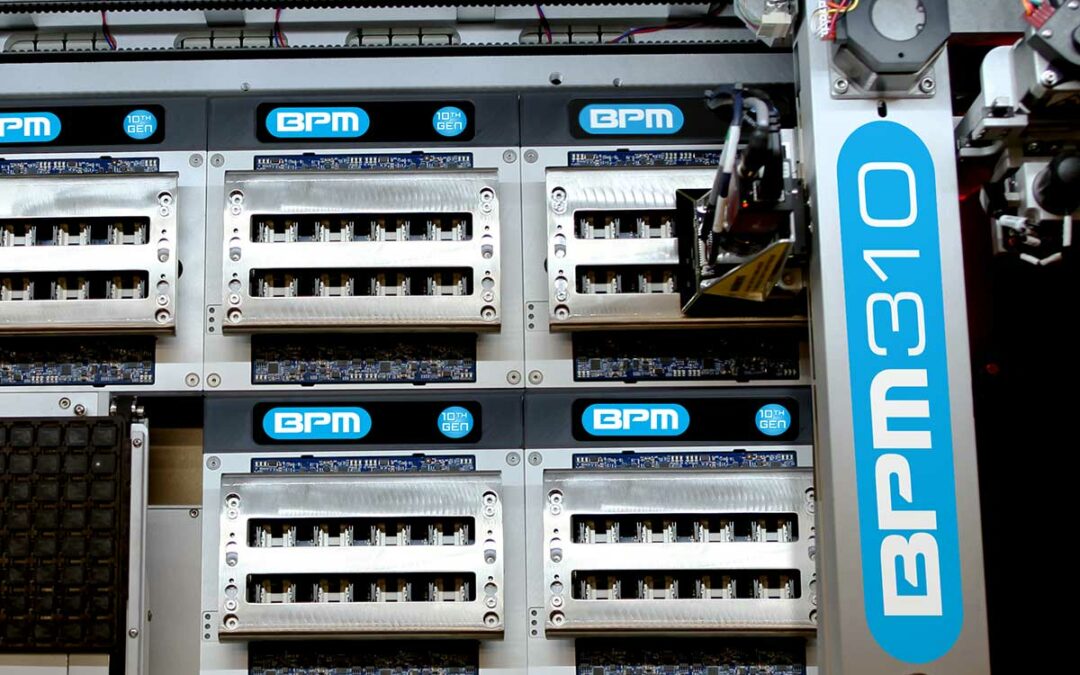
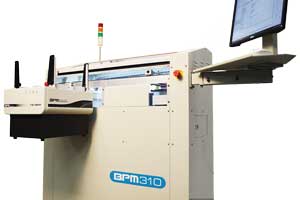 BPM Microsystems, Inc. announces the release of its
BPM Microsystems, Inc. announces the release of its